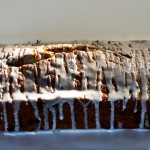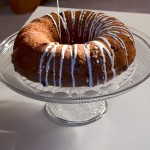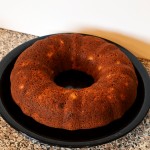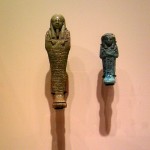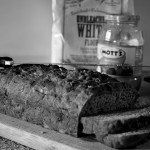The Medieval Kitchen (2012) makes one appreciate that the world has changed. To have lived a life in the medieval times meant hygiene and eating habits that by today’s standards seem crude.
The days were long for people who lived in medieval times. It was believed that if you were to live a long life you would wake up at 5 in the morning, eat dinner at 9 in the morning, eat supper at 5 in the evening and be in bed at 9 at night just to wake up and do it all over again. It was a only eat twice a day; more meals was considered unhealthy and courted sin. Also, it was important to separate one’s self from the lower animals whose behavior was to eat all day.
Hygiene was a really important issue during a formal medieval meal because individual forks had not yet been introduced; everyone ate with their fingers. Towards the end of the 14th century the Italians introduced the regular use of individual forks but, it took another 200-300 years for it to spread to other parts of Europe. This was an important issue because many dishes were served in one big platter. Everyone who sat at the table all reached in to grab their food with their fingers. Therefore it was important for one to wash his or her hands and keep them clean so their germs would not be spread.
The lower class and the upper class at very differently. Lower class people ate a lot of vegetables and food plants along with bread. For dinner a workers diet consisted of barley bread, cabbage, and some milk. The lower class typically boiled their food so they could get the maximum nutrients. On the other hand the upper class people had numerous dishes being served to them for each meal of the day. They were served the best produce, meats, fish and spices they could afford and if any of it went bad it was tossed out for anyone outside of the family who wanted it. One thing both classes had in common was that meat was only eaten on Sundays, Tuesdays and Thursdays. Mondays, Wednesdays, Fridays and Sundays were fasting days which means that no one ate meat on theses days.


